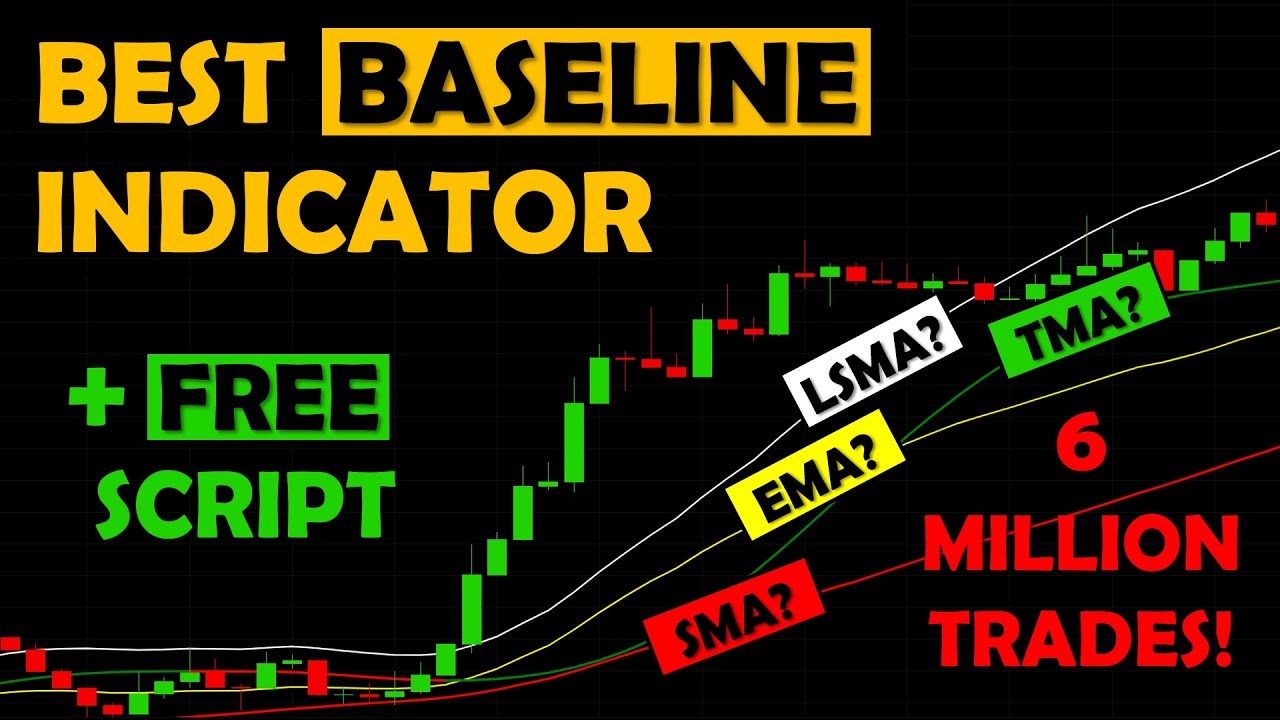A new video series aims to build the best algorithmic trading strategy possible, starting with a good entry signal, confirmation indicator, trend filter indicator, exit signal indicator, volume volatility indicator, and stop loss indicator. In this video, the focus is on finding the best trend filter indicator by backtesting 18 different indicators on 7 assets and 4 time frames for longs and shorts. The results are ranked based on trade count and net profit.
What is the Best Trend Filter Indicator for Algorithmic Trading?
Introduction to Building the Best Algorithmic Trading Strategy
Components of a Good Trading Strategy
Finding the Best Baseline/Trend Filter Indicator
Measuring the Performance with Percentage Difference in Price
Automating the Backtesting Process
Results and Final Rankings
Conclusion and Next Steps.
Introduction to Building the Best Algorithmic Trading Strategy
Algorithmic trading has become increasingly popular in recent years, providing traders with the opportunity to automate their trading strategies and execute trades faster and more efficiently. However, building a successful algorithmic trading strategy requires careful consideration of various components, including entry signals, confirmation indicators, trend filter indicators, exit signal indicators, volume volatility indicators, and stop loss indicators. In this video, we will focus on one of these components, the trend filter indicator, and explore the best options for improving any trading strategy.
Components of a Good Trading Strategy
Before diving into finding the best trend filter indicator for algorithmic trading, it’s important to understand the various components of a good trading strategy. The basic strategy includes an entry signal indicator, a confirmation indicator, a baseline or trend filter indicator, an exit signal indicator, a volume volatility indicator, and a stop loss indicator. Once these components are in place, the NFX system can be used to create a successful algorithmic trading strategy.
Finding the Best Baseline/Trend Filter Indicator
To find the best baseline/trend filter indicator, we need to explore the accuracy of each indicator in identifying long or bullish trends and short or bearish trends. We will use percentage difference in price as the measure of performance for each indicator, with the goal of identifying the indicator that makes the most net profit.
Measuring the Performance with Percentage Difference in Price
To measure the performance of each indicator, we will conduct backtesting on 18 different baseline indicators across four different moving average lengths (20, 50, 100, 200), four different time frames (5 minute, 15 minute, 30 minute, 1 hour), and seven assets (BTCUSD, ETHUSD, LTCUSD, BCHUSD, EOSUSD, XRPUSD, BITOUSD). We will test each indicator separately for longs and shorts and rank the results based on trade count, with any result with less than 50 trades being disqualified. The final ranking will be based on the net profit of each indicator.
Automating the Backtesting Process
To conduct this extensive backtesting process, we utilized a TradingView script designed by a Pine script coder named David. The script opens trades without a stop loss and exits the trade upon baseline breaks, allowing for quick and efficient data collection. To further automate the process, we utilized an automated data collection tool.
Results and Final Rankings
After conducting the extensive backtesting process, we have identified the best trend filter indicator as the HMA (Hull Moving Average). The HMA outperformed all other baseline/trend filter indicators with a net profit of 621.7% for longs and 54.5% for shorts. Additionally, the 100MA, the 200MA, and the TEMA (Triple Exponential Moving Average) also ranked highly in both long and short categories. The full rankings and results can be found in the video or through the accompanying spreadsheet.
Conclusion and Next Steps
Building a successful algorithmic trading strategy requires careful consideration of multiple components, including the trend filter indicator. By conducting thorough backtesting and ranking the results based on net profit, we have identified the HMA as the best trend filter indicator for algorithmic trading. As this is just one component of a larger strategy, it is important to continue exploring and testing other components to ultimately build the best algorithmic trading strategy possible.

